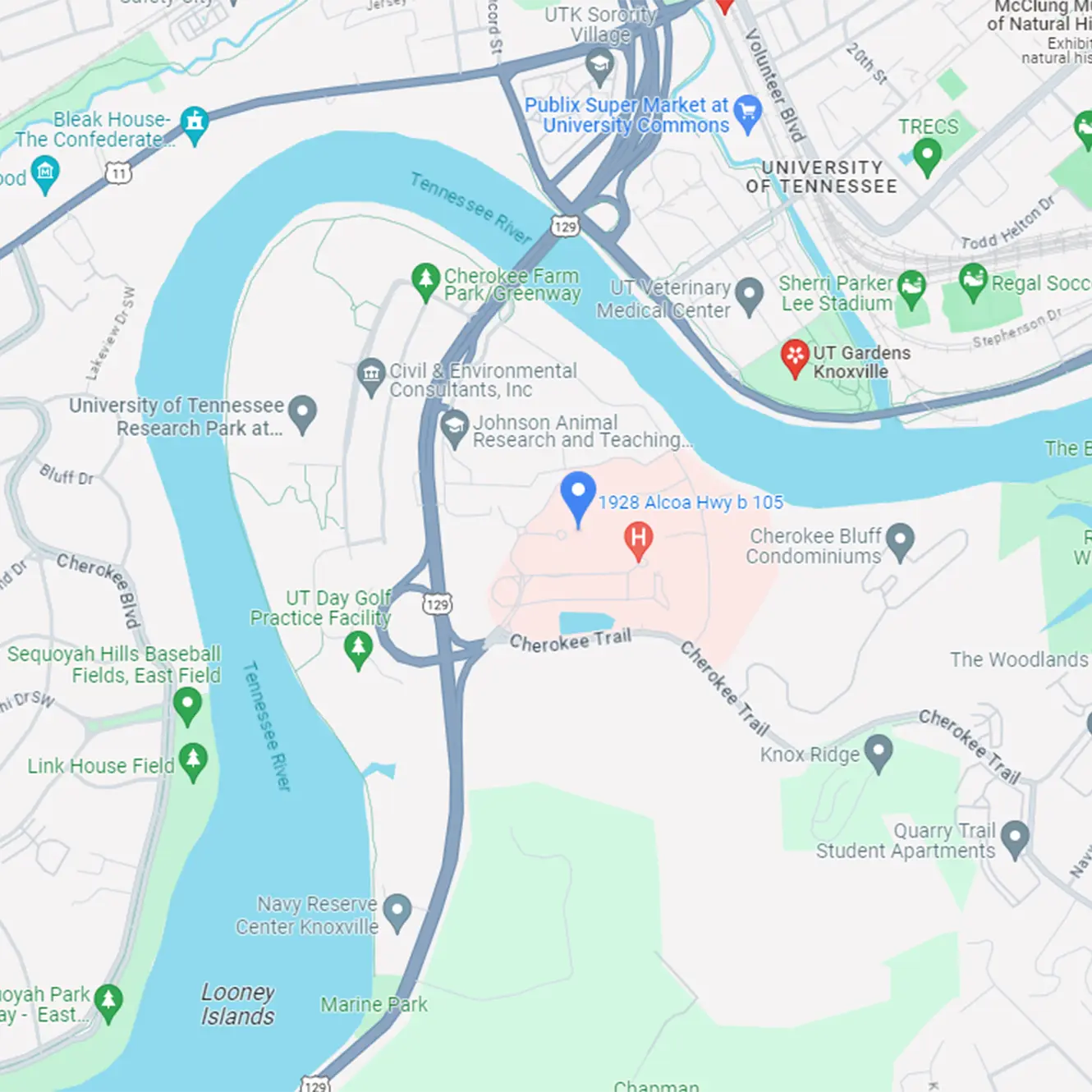Achalasia is a disorder of the swallowing tube (esophagus) that makes it difficult for food and liquid to pass into the stomach. This disorder is rare with only .5 to 1 person per 100,000 in the U.S. affected. It may be inherited, can affect both males and females, and all races. It can occur at any age but is most commonly diagnosed in patients ages 20 through 50.
Causes
Swallowing is difficult in patients with achalasia. Where the esophagus and stomach come together, a muscular ring is supposed to relax so the food can be swallowed. In some people, the nerves controlling the esophagus are damaged and the muscle doesn’t relax.
Symptoms
Symptoms of achalasia occurring in children include:
- Dysphagia (difficulty swallowing) to solids and liquids
- Food regurgitation (or vomiting) & heartburn
- Weight loss
- Chest pain
- Food refusal
- Choking
- Recurrent pneumonia
Diagnosis/Testing
In many instances, a person who has achalsia is initially diagnosed with GERD because the symptoms are similar. After thorough testing, GERD is ruled out and it becomes clear that it is achalasia.
Several tests/procedures may be done to rule out other causes and verify that it is achalasia. One of these includes a barium X-ray or Upper GI Series in which the structure of the esophagus is examined.
An additional test includes an Upper Endoscopy where the doctor examines the esophagus for food, opening (dilatation), a closed lower esophageal sphincter, and infection or inflammation. Manometry may also be ordered by the doctor in which the pressure inside the esophagus is measured.
Treatment
While achalasia does not have a cure, it can be treated to reduce and control symptoms and lower esophageal sphincter pressure. One treatment to reduce the pressure in the lower esophageal sphincter is an Esophageal Dilatation.
If the dilatation doesn’t work, surgery to reduce the pressure may be necessary. This surgery is called a Heller myotomy and involves having the muscle of the lower esophageal sphincter cut so that food can easily pass from the esophagus into the stomach. This surgery is only in a small area of the body so recovery time is shortened.
Doctors may also choose, in some cases, to inject botulinum toxin (Botox) into the esophagus to relax the lower esophageal sphincter. While this treatment is effective, results last about six months on average. For patients unable to undergo a procedure, the doctor may use medications. However, medications used to treat this condition have been found to only control symptoms for a short period of time.














